It was the lack of local research at the Norwegian island of Andøya that led to Helena’s research. Her background in history and Scandinavian languages, as well as her love for nature, came in handy when the traces of Iron Age activities in the landscape unfolded before her eyes. Helena was eager to give the islanders a voice, their own history, and it sparked off a creative journey that later would lead to a self-published book on the subject. The cheerful joys and appreciation from the locals kept her fueled to keep up the work. Today, she has published an impressive 80-page book about pre-historic life on an Iron Age farm at Andøya.
We met with her over a corona-free Zoom-meeting a warm December’s day to discuss her latest book, what made her write it, how her interest in history came to be, how she has found her way bringing history to life and what her future plans are.
First off, tell us a bit more about yourself?
-My name is Helena, and I am a historian and a teacher living on the island of Andøya in Northern Norway. As of now, I work as a teacher while dealing with some personal projects of my own.
Helena is an ambitious person with many irons in the fire. Her energy, passion, and love for what she is doing can be touched upon. She describes how she appreciates being busy, researching and learning new things, and how the locals are aware of this too because of all her constant projects. She laughs when she says that those who know her say “I do not know how she got time for it all”.
But her ambition level and passion for many things is not only shown through her projects, but also in her resumé from the university.
-I majored in history, but I started off with studying Scandinavian language and cultures. Later, I studied science of religion, practical pedagogical education, cultural project management, and some archaeology as well. You could say I have been studying whatever makes it easier for me to understand the Iron Age, like runes, mythology, a bit of archaeology… everything that could fit for an Iron Age researcher.
Originally, Helena was born and raised in the Netherlands. Her move to Northern Norway was decided after a back-packing trip through Scandinavia where she fell in love with the Norwegian nature and warm-hearted people. After working at farms in Norway for about a year she finally said yes to Norway: this was now her new home.
-I studied at the University of Oslo where I met my husband. We later moved to Tromsø, and then to my husband’s home island, Andøya. The idea was to stay for a year, but we fell in love with the nature and all the possibilities it gave us, and we decided upon staying. I feel like I see and experience everything, the nature and the mountains, as a tourist. There was no nature where I grew up. In Netherlands, we do not have this kind of nature; it is flat and lack remarkable elements.
“We fell in love with the nature and all the possibilities it gave us, and we decided upon staying”
Helena continues to tell us how it was her early accounts with Swedish literature that made her become interested in nature and the stories of the north. She describes to us how she loved Selma Lagerlöf’s The Wonderful Adventures of Nils as a child. It is a story about a boy who gets cursed for being mean and he gets scaled down to the size of a hand by the farms gårdstomte. By a series of events he ends up traveling Sweden on the back of a goose and the whole story paints wonderful pictures of the Swedish landscape. Other pieces of literature who had a big impact on Helena was Astrid Lindgren and her character Pippi Longstocking as well as Ronia, the Robber’s Daughter and The Brothers Lionheart. The latter two is set in a medieval nature setting with one foot in reality and the other in fantasy.
–Ronia, the Robber’s daughter is my favorite book of all times, Helena tells us.
Why history, and why Iron Age?
The love for the Swedish literature did not only have an impact in Helena’s view on nature, but also made her grow an interest for the Islandic sagas about the Vikings, one of the reasons she decided to become a historian.
“To understand the Iron Age people, you must study how they made use of their landscape and how they lived in symbiosis with nature”
-Ever since I was a child I have been interested in history. I cannot remember one moment in my life where my passion for history has not been present. The iron age caught my attention as it combines nature and history with a sense of adventure. To understand the Iron Age people, you must study how they made use of their landscape and how they lived in symbiosis with nature.
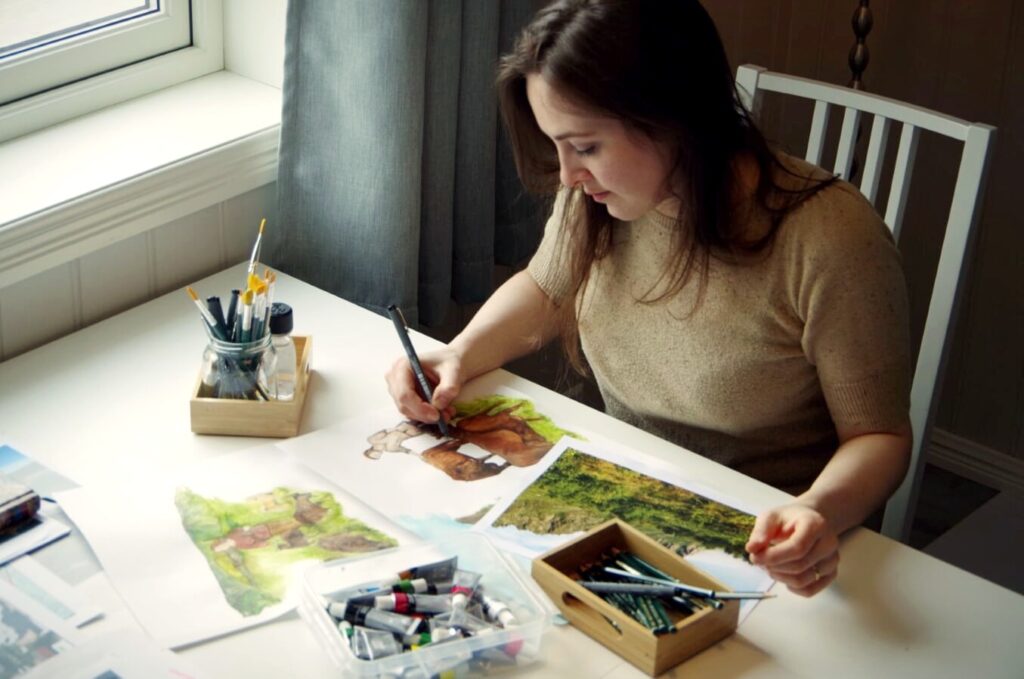
Helena then goes on with describing how important history is to her and how it can be used to strengthen society. How it can be used as a tool to both education and self-expression. Helena has a belief that everyone is entitled to history, and how history is not meant to be hidden in archives but to be told. She is not only a historian with passion for written sources, her passion of teaching also shines through while talking about history.
-I have found ways to highlight history though re-enactment and make them come to life. When I started with Instagram two years ago, I noticed the response was much better when I put history in a living context through re-enactment. The everyday life is easily forgotten, but it is those things that make people interested and exited. It is was make history come alive.
“I have found ways to highlight history though re-enactment and make them come to life”
Helena tells us about how putting items into a re-enactment context make the items more accessible to people and bring history alive.
-If I take a picture of, let’s say, a bow, it is just a picture of a bow. But if I hold it and am wearing Viking clothes in a context it might have been used in, all off a sudden the bow is made useful as an actual tool and its practical functions is showed off.
By doing such, Helena experiences how people immediately get drawn into history. She has a great way of turning dead things alive by making use of them. This is a sort of experimental archaeology, one could say, Helena continues, where you introduce people to certain time periods in pre-history. By “doing it the Viking way” people are given a new relationship to the period, and it is much easier to relate and imagine how life could have been for the Iron Age people.
-At the same time, I make people interested, it is also a great way to create a relaxed approach to history where I get to be creative. I am a bit nerdy when it comes to historical correctitude, like what kind of fabrics people made their clothes of, how they used their tools, for example. At the same time, I want history to be fun. It costs a lot of money, time, and skill to make everything correct. I rather have fun with it and make history more accessible, that is my main goal.
Why did you choose to become a historian and not an archaeologist?
-Good question! I have always been interested in the islandic sagas such as the Edda, but also the stories and the mythology. Since these are written sources I naturally guarded towards history. These sources are extremely complicated to interpret, it takes a historian’s eye to make it through and fully understand them. While interpreting them, you also have to make use of your critical thinking as a historian.
“if I knew back then I would have ended up on an island with so much archaeological material but hardly anything done, I would have picked archaeology”
Helena then goes on with explaining how she feels like the archaeology in the Netherlands have outplayed its part long ago. The reason for this is that there is hardly anything left in the ground, almost everything is already excavated. When she was younger and started her academic path, she did therefore see no reason in digging into the archaeological field. She also had the notion archaeology was very factually. You found a house; you wrote down that you found a house and that is it.
-Today, I know archaeology is much more complex, and if I knew back then I would have ended up on an island with so much archaeological material but hardly anything done, I would have picked archaeology. The archaeological research done at Andøya is rather outdated and scarce. They need to be refreshed and I can clearly see the need of new excavations to write history here. There are some stray finds here and there as well as limited samples, people have even found a Cufic coin at their home from the Iron Age period, but there has never been a full excavation in modern times. I would deeply appreciate if more research could be done here, the place is wonderful, and the locals deserves it.
What inspired you to write the book?
-So little has been done and there are so much exiting things here! I felt the need to tell the story and make it available for more people, because it is such an exciting place. By writing the book, I feel I can put everything into a context and hopefully make archaeologists, such as those from https://www.archaeologist-near-me.co.uk/, aware of this place. I want to inspire others. You do not write a book to become rich, but because you love what you are doing. I also experienced the importance of, not only doing something for myself, but creating something that could spark other people’s interest.
“I want to inspire others. You do not write a book to become rich, but because you love what you are doing”
Especially the locals have been important in the process, Helena tells us. Without their consent and their engagement, she probably would not have continued her work with the book. She describes how the locals, the people living in the area and making use of its present-day resources, were important to keep her motivation up. Writing someone else’s history is not an easy task, it takes a whole lot of respect and co-operational work. But her work was not only greeted with interest and enthusiasm.
-You could say I had two kinds of responses to my local history project; one side was skeptical and wondering why I wanted to write about their history, the other side very enthusiastic and proud that I was interested in their history and wanted to write about it. For me, it was important to introduce all of them to my work, my ideas, and my intention. Writing a book about local history is not something you do for yourself, that is impossible, the perspective must be broader.
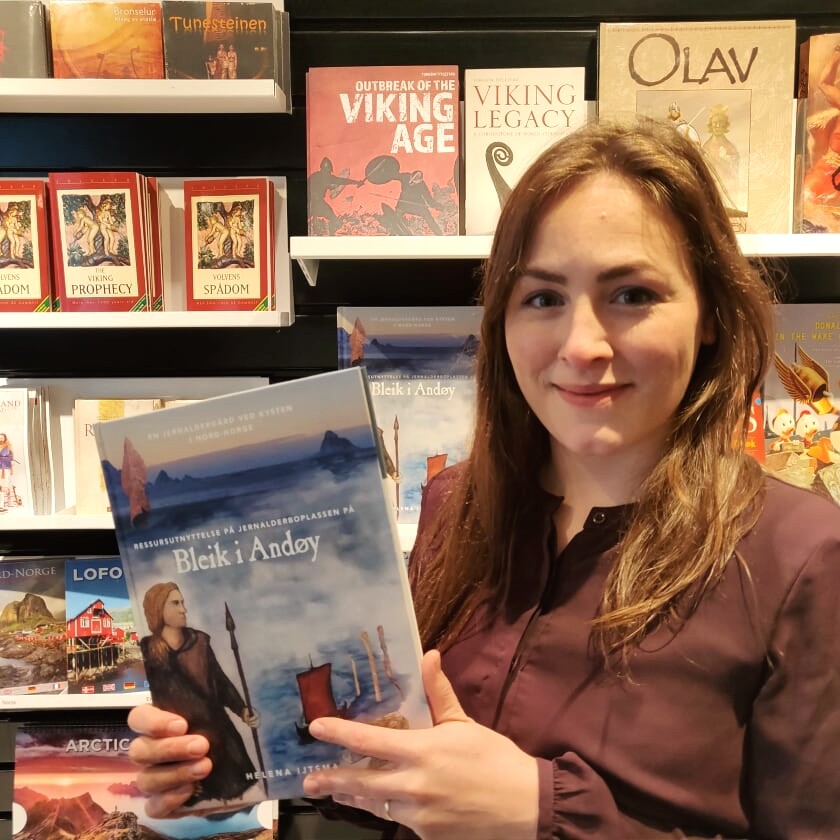
Another challenge is the cultural clash, Helena continues.
-Out here, people do not care as much about your academic references. Instead of checking your resumé, they would rather see proof of how you do things and what you stand for. You need to prove yourself to be worthy of both the local’s knowledge and time. And you have to bring cake and take your time. To ask for someone’s knowledge by bringing a cake would never work in the big cities, Helena laughs.
What was the biggest challenge with writing the book?
-To limit oneself, to be able to say, “I am done, that is it”. You can always work just a little more, then it will get better. What made me say “stop” was the number of pages. It was supposed to be 40, but then it was 60, and now it is 80. It is crazy how fast a book gets more expensive when you add pages. I did not want it to be too pricy. It was hard to let go and say to myself I was done, and in what order I needed to put things. What should I start and end with, and in what order should I put everything in between to make sure people would understand? You get kind of blind reading the book while working with it.
“It was hard to let go and say to myself I was done”
Helena self-published her book, and she tells us how much work that goes into everything. It took her 2,5 years to finish the book and she wrote it in both Norwegian and English simultaneously. Because she self-published it, she also had to pay for everything herself.
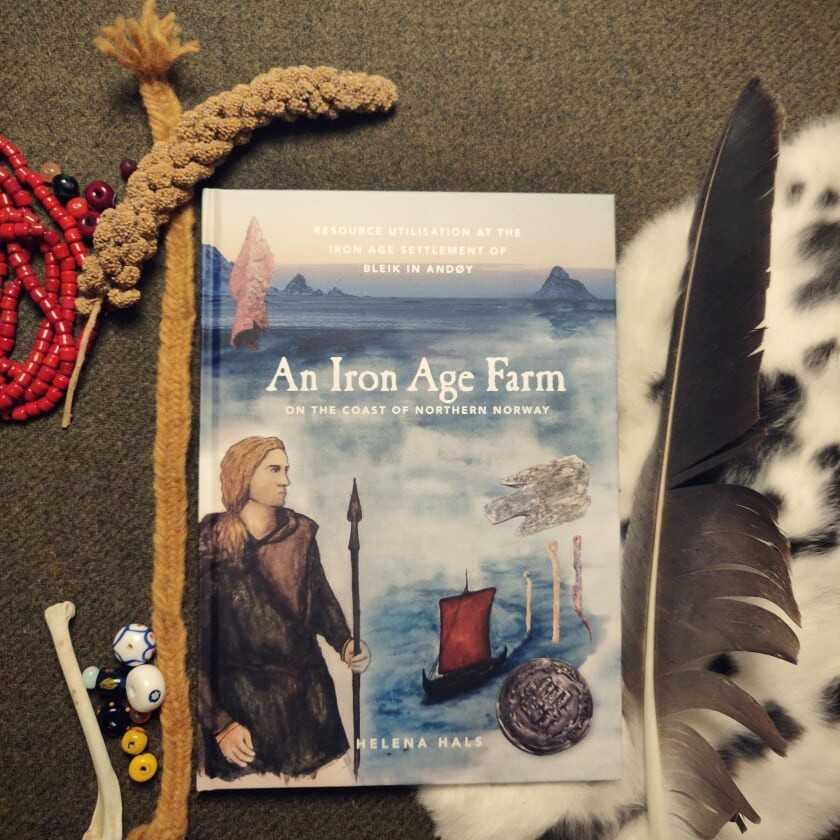
-When something went wrong, it could almost mean the end of the whole project, because of the costs. But I managed and tried to tell myself that we were going for something ’really good, not perfect’.
But publishing through a publisher was not an option – the subject was too slim. Helena hopes one day to be able to use a publisher and just focus on writing, but with a broader subject and not something so local. It might be easy to think that all the hard work has discouraged Helena to continue writing, but it is rather the opposite.
-The focus of this book was resources. I would love to make a whole series with politics and power structures as the next theme. It is also amazing to see people from all around the world buying my book and read about Andøya.
Helena is currently planning to develop an online rune course next year and is learning how to have an online training program.
Helena’s Seven best tips for you who want to write a book
- Find a theme that you are interested in and makes you happy, but also can make others happy. If you do so, you can find motivation and courage to keep on going from other people’s enthusiasm when things get hard.
- Have an edit system that have several versions of the same text. It will quite fast become several files and you will need to go back to older versions of your text now and then.
- Always have a backup of your work.
- Put your manuscript aside for 11 days and then start working on it again. You will see it with new eyes.
- Let readers from your target group read the manuscript and give you feedback. How do they experience the manuscript and the language? Does something need to be made clearer etc.
- If you write a local book, involve the locals. Hold presentations, show and tell them what you are working on, have Q&A: s etc.
- Have freedom in your work and decide yourself when it should be done. Have a realistic time frame, it is better to be satisfied than to be in a hurry. There will always be fault in the text so therefore it should not be perfect, just very, very good.
https://www.instagram.com/viking.helena/
Do not forget you have 15 % discount on Helena’s book with promo code SA15
Photo: Cover photo: Piet van den Bemd (insta: @pietvandenbemd.
Other Photos: Helena Hals. Copyright 2020, Helena Hals.
Text: Lovisa Sénby Posse & Elfrida Östlund, 2020. Copyright 2020 Scandinavian Archaeology.
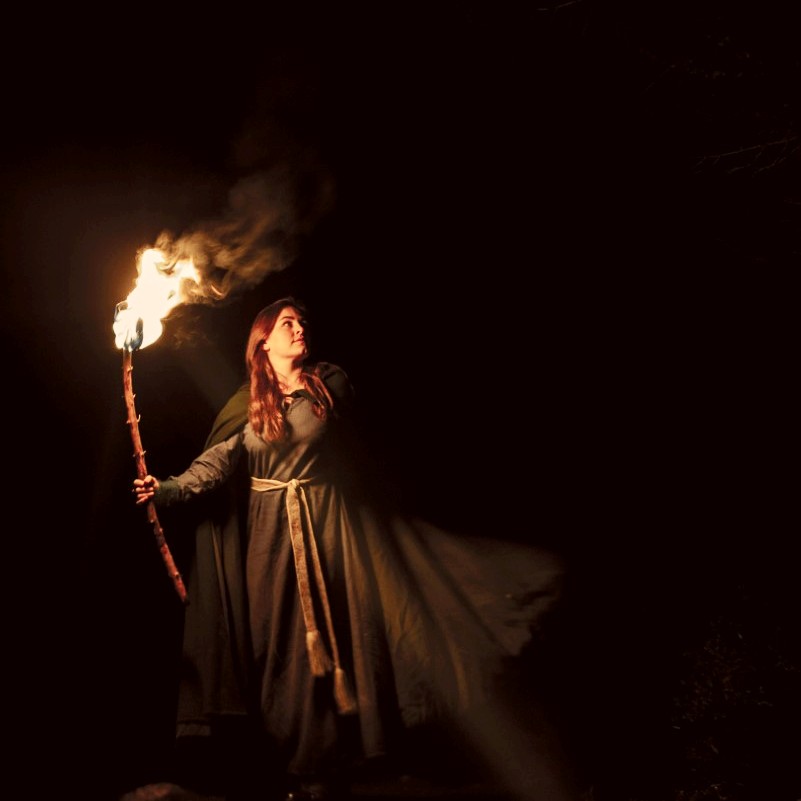
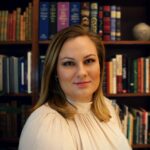
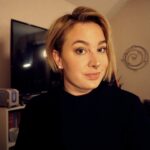
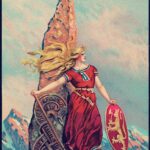
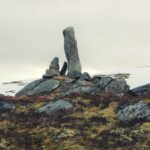
[…] Helena makes history come alive […]